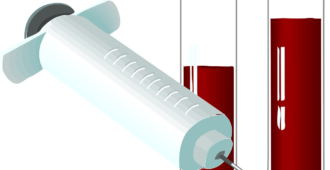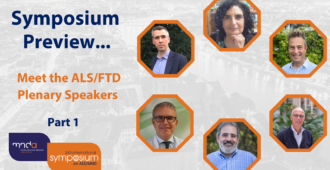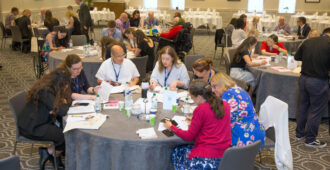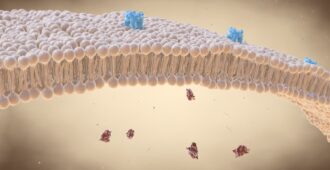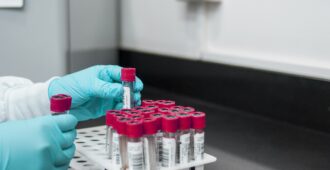Hot on the heels of Kelly’s posting on Tuesday on the new MRI findings by researchers at Oxford, the same group was yesterday hosting the 1st Neuroimaging Symposium in ALS/MND – a three-day conference, co sponsored by the MND Association, bringing together neurologists, physicists and psychologists from ten different countries across the world. I attended the opening day to see what was happening.
Such is the technical nature of neuroimaging, it kept my brain cells firing just trying to understand the jargon, with phrases like ‘Warped Space’, ‘Deformation Field’ ‘Jacobian Modulation’, ‘Voxels’, Biased Field Correction’ and so on. It was like hearing a script from Star Trek…
“The engines canna’ take it captain – that last hit from the Voxels damaged the deformation field. If I canna’ correct the biased field we’ll fall oot o’ warped space.”
Whether or not I actually understood everything, it reinforced the importance of these ‘hothouse’ meetings, bringing together leading investigators from distinct disciplines to review the strengths and current limitations of their field of research, to look ahead at future developments in the field, to develop standards for collating and analysing data from many centres across the world and, most importantly, to find ways of collaborating more effectively.
I’m a great believer in not reinventing the wheel, so it was good to hear a presentation from the field of multiple sclerosis (MS) research. Neuroimaging has transformed MS research, being used to monitor the disease and provide an objective way of assess the impact of treatments, thus encouraging more drug companies to try to develop therapies.
The MS field has a long-standing imaging network and so part of the first day was devoted to looking at how we might learn from their experience and adapt their model for the needs of the MND research community. Of course, the MS network was kicked off by a large grant from the European Union, so an additional challenge for the MND research community will be to find the funding to allow these international collaborations to take place.
By 6pm my brain was full, so I headed back to Northampton, leaving the other delegates to another two days of serious ‘hard-core’ science…

